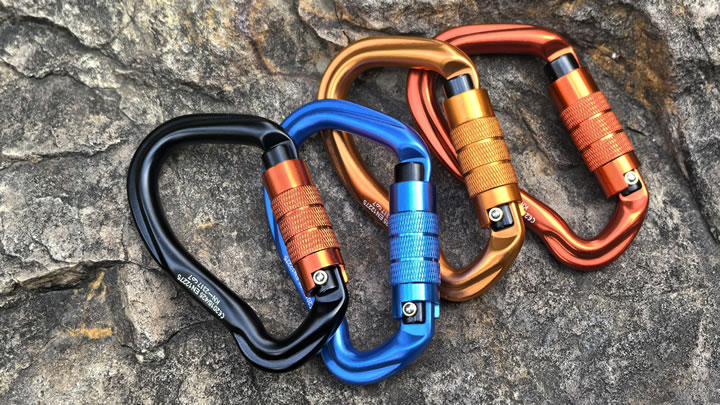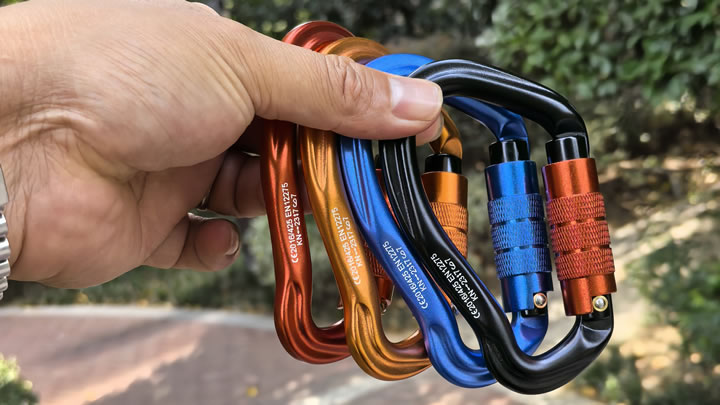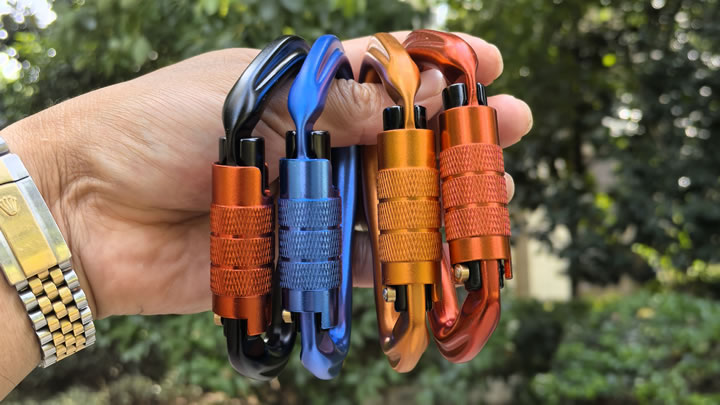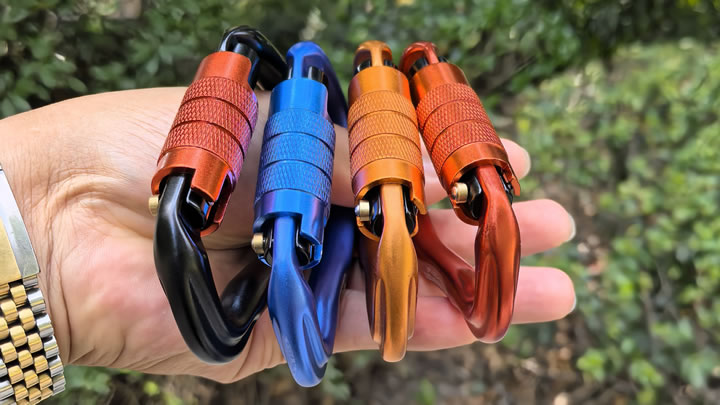How to choose a reliable headlamp for backpacking?
Your headlamp is non-negotiable safety gear. When daylight fades or storms hit, a reliable beam keeps you safe, oriented, and functional. But not all headlamps are equal. Follow this guide to cut through marketing hype and choose the right tool for backcountry adventures:

1. Prioritize Core Performance (Not Max Lumens)
- Brightness Range: 200-400 lumens is ideal for most backpacking. Higher peaks drain batteries rapidly.
- Beam Flexibility: Look for adjustable spot-to-flood beams. Spot illuminates distant trails; flood lights campsite tasks without glare.
- Runtime is King: Ignore "max lumens" claims. Check manufacturer runtime graphs at medium settings (e.g., 100-150 lumens). 40+ hours on medium is excellent.
- Regulated Output: Ensures consistent brightness as batteries deplete (avoids rapid dimming).
2. Battery Strategy: The Power Dilemma
- Lithium Batteries: Superior for cold weather, lighter weight, and longer shelf life vs. alkaline.
- Rechargeable Options: Convenient (USB-C preferred), but carry backup disposable batteries for multi-day trips. Cold reduces lithium-ion performance.
- Battery Access: Can you change batteries without removing the strap? Critical in rain/darkness.
3. Essential Features for Safety & Function
- Red Light Mode: Preserves night vision and avoids blinding tentmates (look for dedicated red button).
- Lock Mode: Prevents accidental activation in your pack.
- Tilt Function: Adjust beam angle 45-90 degrees for tasks like cooking or map reading.
- Weather Resistance: IPX4 (splashproof) minimum. Choose IPX7/IPX8 (submersible) for wet climates.
4. Ergonomics & Durability
- Weight Distribution: Aim for 50-100g. Heavier models cause neck strain.
- Comfort: Padded, moisture-wicking straps with secure adjustability prevent slippage.
- Impact Resistance: Look for rubberized housing or MIL-STD ratings if rough terrain is expected.
5. Hidden Factors Savvy Backpackers Consider
- Beam Distance vs. Useful Light: A 100m beam is useless if it only illuminates 10m clearly. Check beam profile reviews.
- UI (User Interface): Simple, glove-friendly buttons > complex menus. Can you cycle modes without blasting full brightness?
- Battery Indicator: Clear low-battery warnings prevent sudden blackouts.
Why This Matters for Search Engines & Readers
This guide targets critical user intent: "reliable backpacking headlamp." It answers:
- Practical trade-offs (lumens vs. runtime, weight vs. features)
- Technical specs decoded (IP ratings, regulated output)
- Real-world usability (battery access, UI, comfort)
- Safety-critical features (red light, weather sealing)
By structuring with clear headers, actionable comparisons, and keywords (backpacking headlamp, runtime, IPX rating, red light mode, lithium batteries), it satisfies both SEO algorithms and backpackers seeking trustworthy advice.
Test Before You Trek!
Never rely on untested gear. Practice using all modes, test battery life, and simulate pitch-dark scenarios at home. Your headlamp isn’t just convenience—it’s your lifeline when the unexpected arrives after sunset. Invest wisely, pack backups, and light your way with confidence.






